Version: 8.3.0
To produce a Scale Transform in the Main Menu select Operations - > Transformation - > Scale Transform
This operation creates a scaled shape basing on the initial shape.
Simple scale scales the entire object (i.e. its dimensions change evenly in all three orthogonal directions). It does not modify the geometry of the shape.
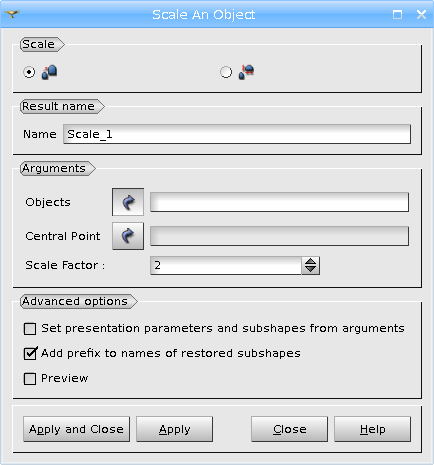
The following parameters and options can be defined in this dialog:
TUI Command: geompy.MakeScaleTransform(Shape, CenterOfScale, Factor)
Arguments: Name + 1 shape(s) + 1 vertex + 1 Scale Factor.
Multiple scale allows scaling by different factors along axes. This is a general transformation, which can modify the geometry, for example, a circle can be transformed into an ellipse.
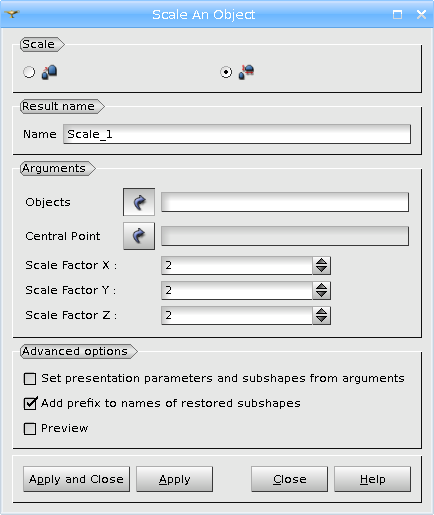
The following parameters and options can be defined in this dialog:
TUI Command: geompy.MakeScaleAlongAxes(Shape, CenterOfScale, FactorX, FactorY, FactorZ)
Arguments: Name + 1 shape(s) + 1 vertex + 3 Scale Factors.
Example of simple scaling:
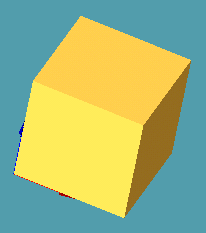
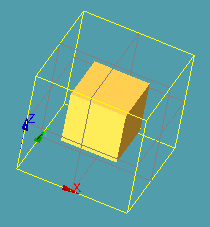
Example of scaling by different factors along axes:
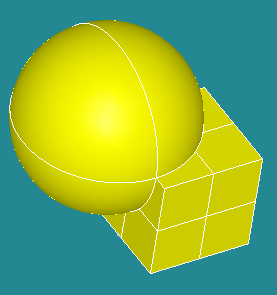
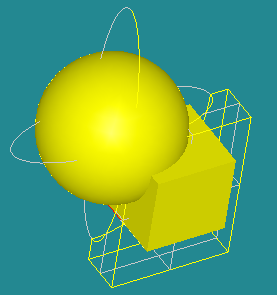
Our TUI Scripts provide you with useful examples of the use of Scale Transformation and of Scale Along Axes Transformation